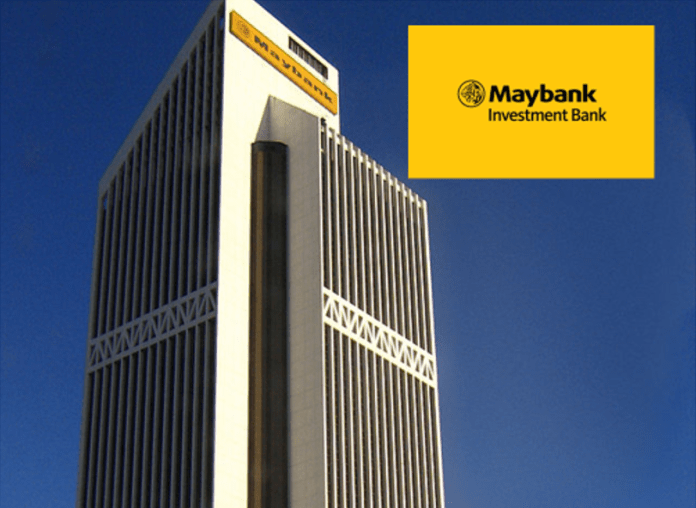Banks globally have had it pretty good YTD. Sure, capital markets-related revenues (fixed income, currencies and commodities, equities and investment banking) have been severely impacted by underlying market volatility related to geopolitical tensions and the aggressive uptrend in interest rates, the latter’s extended runway underscored by a higher-than-expected 8.2% US Sept CPI read.
However, by far the biggest operating income driver for a bank is net interest income (NII) and, per JP Morgan’s 3Q22 results, NII dynamics are looking much better for the sector as rising rates expand net interest margins (NIM). The largest US bank reported its’ highest quarterly NII ever and raised related guidance. Also, while US banks are increasing loan loss provisioning buffers ahead of an expected economic slowdown / recession in 2023, potential credit stress points such as unemployment and borrower balance sheets remain strong.
While the ASEAN banking sector is not experiencing a similar quantum of interest rate increases as in the US, there is nonetheless a tangible NII tailwind. At the same time, drag from capital markets-related income is muted given their small overall contribution, while an extended focus on optimizing operating costs has improved operating leverage. For Malaysian banks, pre-emptive provisioning built up during the pandemic totaled MYR8.1b as at end-June 2022, while all banks have CET 1 capital ratios above 13%. Per Bank Negara’s recent Financial Stability Review 1H22, excess capital buffers totaling MYR123b is handy should stressed-scenario outcome i.e. impaired loans ratio rising to 5.8% by end-2023 (Aug: 1.8%), come into focus.
Sector positioning: prefer mid-cap banks given a combination of Malaysia-centric operations, superior growth-valuation dynamics and better dividend upside. Top picks are HLBK, RHB, Alliance.
Yield draw: Robust profitability and ample capital underpin sector market-beating weighted average dividend yield of >5% for FY22E/23E. Discontinuation of long-redundant, ROE-suppressive dividend reinvestment plans (DRPs) would be a positive catalyst.
Anand Pathmakanthan
Head of Regional Equity Research, Maybank Investment Bank









